16 Possible Reasons Why CBD Isn’t Working for You
Summarize
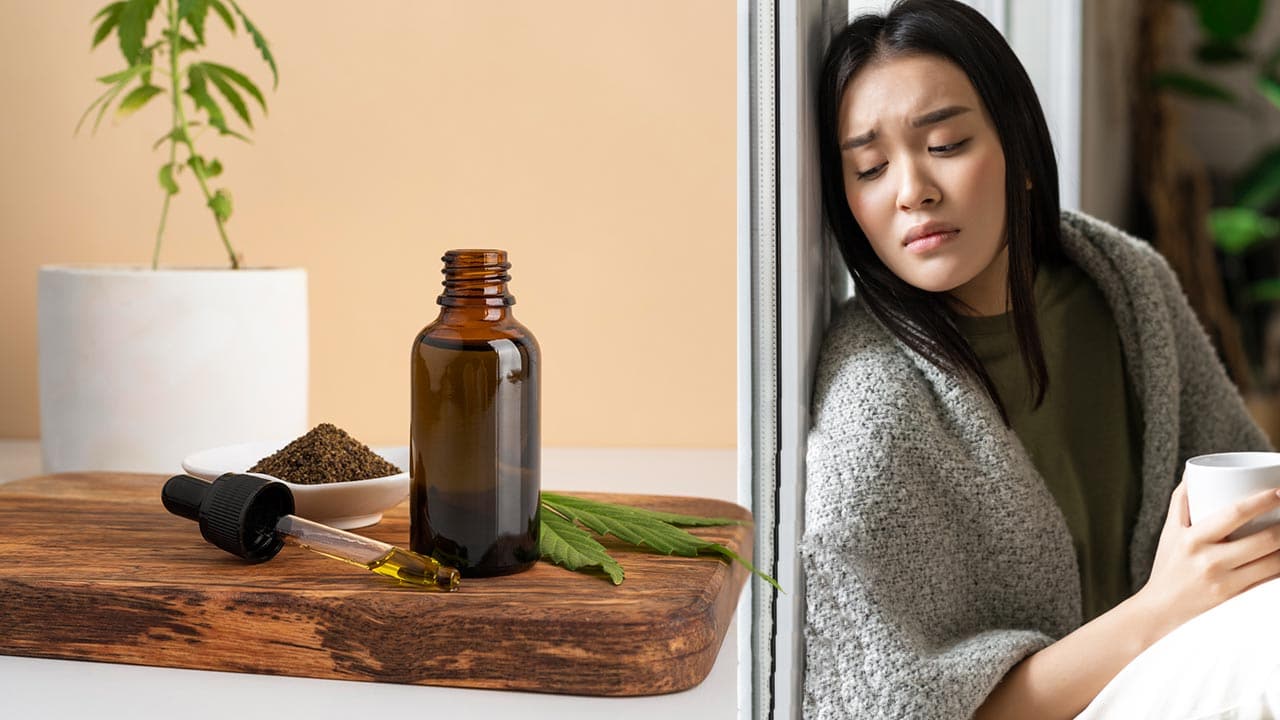
Men and women take and use a variety of CBD products because they experience the desired effects. A 2022 Singlecare study found that 68 percent of people using CBD say it is effective. Many people choose it because it is non-psychoactive, a natural hemp plant extract and available in various products from CBD gummies to oils and tinctures. However, CBD doesn’t work for everyone for many reasons. It could be your personal characteristics, or you experience side effects. We list 10 reasons why CBD may not work for you.
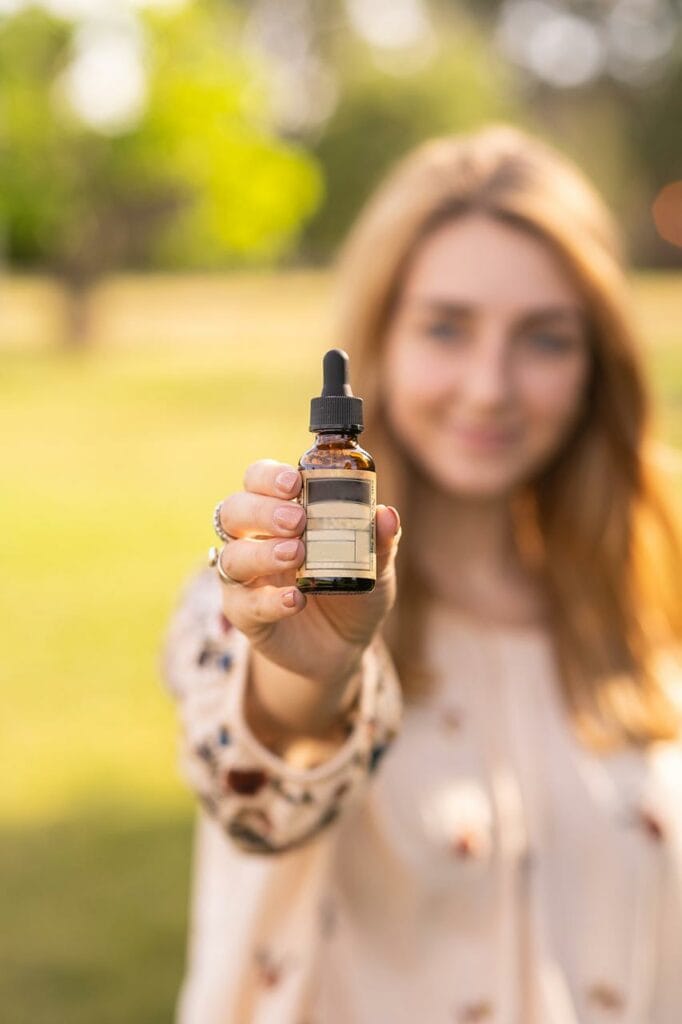
TL;DR (Too Long; Didn’t Read):
CBD doesn’t work for everyone for one or more reasons. They include having allergies to CBD or other botanicals, using low-quality products that do not have the amount of CBD stated on the label, taking low potency CBD when a higher potency would be more beneficial and experiencing side effects, to name a few reasons. If starting a CBD regimen, the best advice is, to begin with, a low potency CBD and slowly increase the potency until desired effects are experienced if the low dose does not cause issues.
Table of Сontents
16 Reasons CBD Might Not Work
Why doesn’t CBD work for everyone? The human body is a complex biological system, so it is not surprising that CBD does not work for everyone. The following are 10 reasons CBD might now work for you.
1. Personal Characteristics
Anything you consume will be influenced by factors like weight, metabolic rate, age, genetics and food intake. This is true for herbs, prescription drugs, and compounds like CBD. People often expect immediate results when they start taking CBD, but it can take weeks to reach the level of CBD in your system that delivers the desired results. Each person is unique. For example, a 2017 study found that some people may naturally produce an above-average level of endocannabinoids due to a genetic mutation. They experience less tension, but CBD does not work as well.
2. Absorption Factors
Absorption plays a big role in how well CBD works for you. Taking CBD with a meal that contains healthy fats, like avocado, nuts, or olive oil, can help your body absorb it better. On the other hand, if you have digestive issues, like poor gut health or problems absorbing nutrients, your body might not take in CBD as effectively. Everyone’s system is different, so how much CBD actually gets into your bloodstream can vary a lot. Paying attention to how and when you take it can make a real difference.
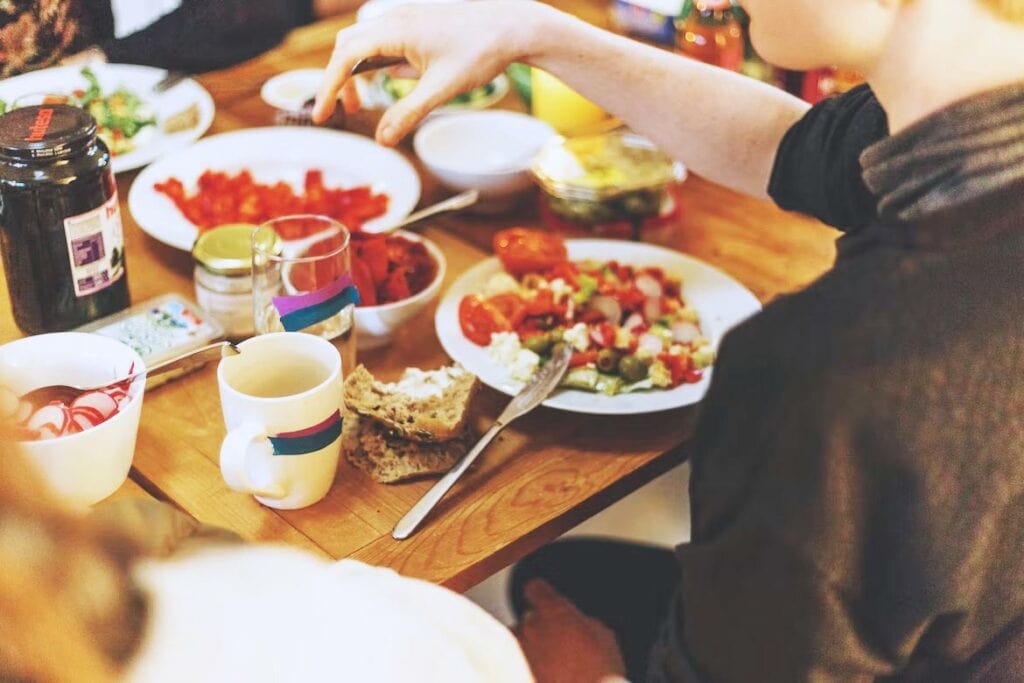
3. Not Following Dosage Recommendations
Every CBD product has a recommended dosage based on things like CBD potency and the number of times a person may take the product in a single day. When you do not follow the dosage recommendation, CBD may not work.
Here is the chart which helps to calculate CBD dosage in one full dropper of the 30-ml bottles with different CBD concentrations: 500 mg, 1000 mg, 1500 mg and 5000 mg of CBD:
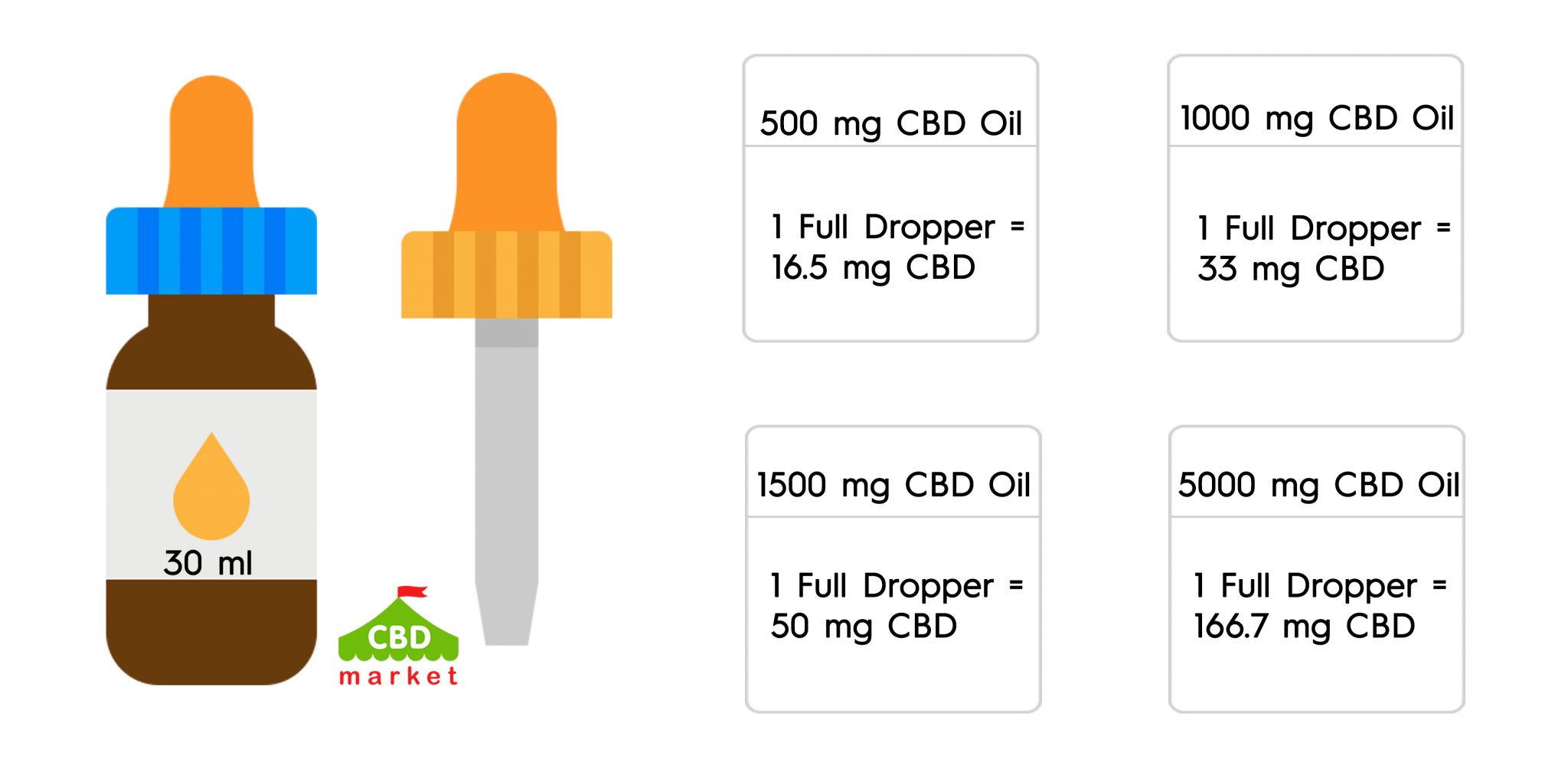
For example, taking too little CBD or skipping days limits the ability to sustain the CBD level in your system. To experience the full effects of CBD, you need to allow the CBD to build up. Over time, it is possible to develop a tolerance to CBD. If CBD works for a while and then stops working, you may need to increase the CBD potency and number of dosages.
4. Unrealistic Expectations
Many people assume CBD will deliver immediate results, but it typically works more gradually. It’s designed to support balance in the body over time, not to mask symptoms instantly. When users expect dramatic changes right away, they may overlook the slower, more cumulative effects that CBD can offer. Setting realistic expectations and giving the body time to respond is key to seeing real benefits.
5. Allergies Develop
Some people have discovered they have allergies to CBD or other botanicals or ingredients in the product, like sesame oil.
Some CBD products come with a warning that it contains grapefruit. The reason is that grapefruit has a compound called furanocoumarins. The compound combines with various enzymes in the digestive system and neutralizes the enzymes. One of them is the CYP3A4 intestinal enzyme which assists with breaking down and removing drugs in your system. When your medications do not break down properly, they reach the bloodstream and can lead to a dangerous buildup.

6. Experience Side Effects from CBD
Some people do experience side effects from CBD. They include diarrhea, fatigue, dry mouth, light-headedness and reduced appetite. These side effects are based on various studies and consumer reviews.
7. Using the Wrong CBD Product
Each CBD product type is intended for specific uses. For example, a topical product will not produce the same effects that you will experience by taking CBD oil or capsules. Maybe you believe CBD oil doesn’t work for relief but are disappointed in the expected effects. You may need to switch from taking CBD gummies which go through the first-pass metabolism process, to tinctures in which the CBD enters the bloodstream quickly without loss of CBD to the digestive process. Different delivery methods drastically affect how quickly and how much CBD enters the bloodstream.
8. Using the Wrong CBD Spectrum
The type of extract you choose can affect how well it works for you. There are three main types:
- CBD isolate (pure CBD),
- broad spectrum CBD with other hemp compounds but no THC,
- full spectrum CBD with a small amount of THC and other natural compounds.
For many people, full spectrum works better because of the “entourage effect,” where all the plant compounds work together to boost results. However, some individuals may need to avoid THC for some reasons, making broad spectrum or isolate a better choice. If you’re not seeing results, you may simply be using the wrong type for your needs.
9. The Product from a Specific Brand Didn’t Work
Sometimes people try a CBD product from a single brand and assume it doesn’t work for them, but that’s not always the case. Different brands use different formulas, extraction methods, and ingredient quality, all of which can affect the results. One product may be less potent, poorly absorbed, or simply not a good match for your body. It’s worth trying a product from another reputable brand, especially one that offers third-party lab testing and uses high-quality full- or broad spectrum extracts. Just like with supplements, not every product works the same for everyone.
10. Using CBD for Too Short a Time
CBD doesn’t work instantly. While some may feel subtle effects quickly, others need to use it consistently for several days or weeks to notice real changes. It takes time for CBD to build up in your system and start supporting your body’s natural balance. Stopping after just a few tries can lead to the false conclusion that it doesn’t work. Patience and consistency are key when using CBD, especially for things like sleep, or mental discomfort.
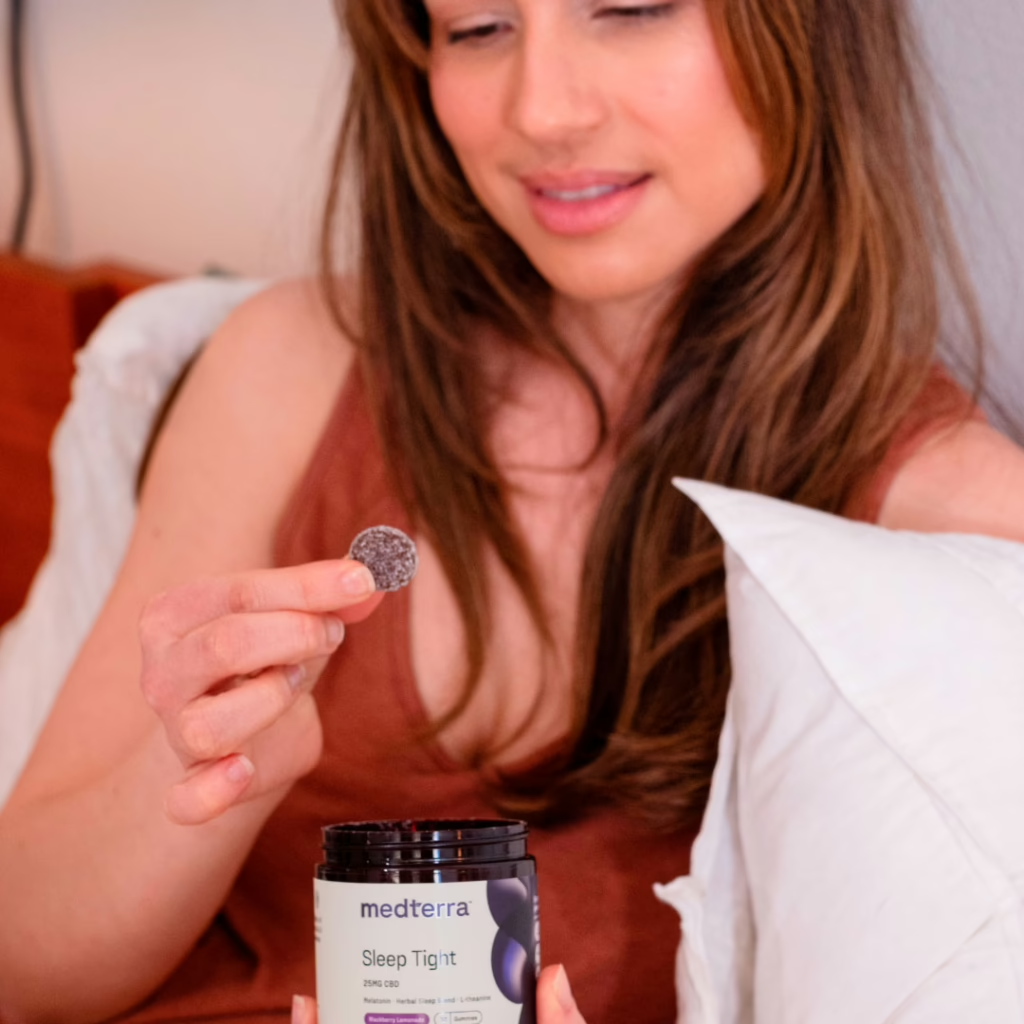
11. CBD Tolerance Buildup
Over time, your body can become less responsive to CBD, especially if you’ve been using high doses regularly. This happens when your endocannabinoid system adjusts and becomes less sensitive, meaning you may need more to feel the same effects. Instead of constantly increasing your dose, consider taking a short break (often called a “tolerance reset”) to help your system become more responsive again. This approach is common among long-term users and can make CBD feel effective again without overdoing it.
12. Symptoms Are Too Severe
You could take CBD because you hope it will help reduce tension, only to discover it does not deliver the expected results. One reason may be your medical condition or symptoms are too severe. CBD is not intended to act like a powerful prescription medication. Some people set their expectations for CBD results too high.
13. Potency is Too Weak or Too Strong
CBD products are sold in various potencies. You may find that 10 or 25 mg per serving is insufficient and can increase the potency to 30 mg per serving. There are also high-potency CBD products. Generally, products with 50 mg or more CBD per serving are labeled as high potency.
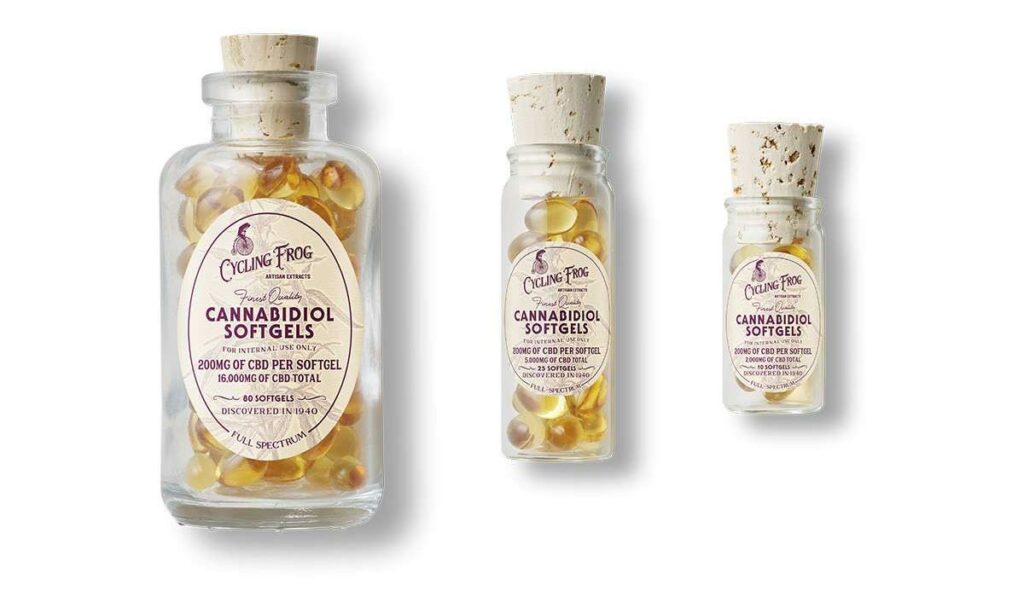
14. Not Intended to Make Up for a Low-Quality Lifestyle
CBD is not a substitute for a low-quality lifestyle. You may have poor sleep habits, for example, and not follow professional recommendations for getting a good night’s sleep. The Sleep Foundation recommends adults get seven to nine hours of sleep each night. CBD cannot overcome bad habits like regularly getting four hours of sleep because you enjoy staying late. Lack of sleep can eventually cause many health issues that CBD will not address.
15. May Interact With Certain Medications
CBD may interact with other drugs and herbal supplements, doubling their effects. The Penn State College of Medicine evaluated various prescription CBD drugs containing some THC. After narrowing a list of medications, the study found potentially serious drug interactions when CBD was combined with blood thinners, seizure medications, thyroid medication and heart rhythm medication.
16. Using a Low-Quality Product
There are plenty of low-quality products sold today because the CBD market remains unregulated. Low quality means the CBD product does not have the amount of CBD claimed on the label, or there are potentially harmful contaminants in the product. Harmful contaminants include mold, pesticides and heavy metals. You think CBD is not working or is making you sick. It is always important to buy high-quality products from reliable retailers in CBD stores or online. Only buy products from retailers that provide a Certificate of Analysis made by an independent lab.
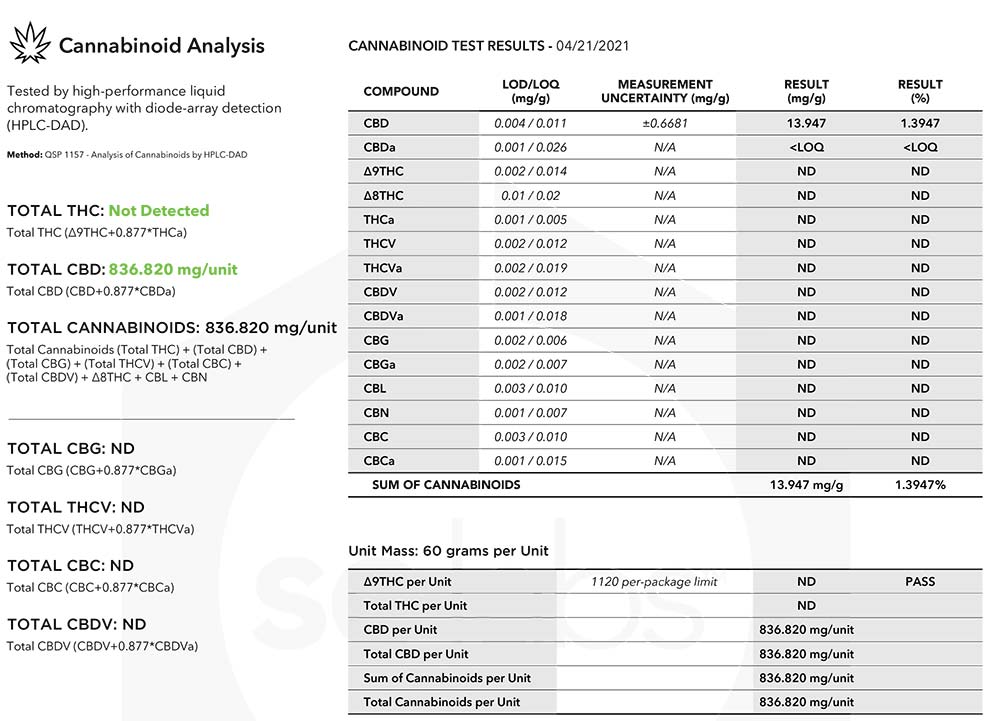
Tips to Choose High-Quality CBD Products
Following are some guidelines for choosing high-quality CBD products.
1. Find Reputable Places
You should avoid buying CBD products at places that cannot answer questions about the products. They are stocking products to make money on sales and can offer no assurances about quality or brand information.
2. Choose Reputable CBD Brands
A reputable brand has the following characteristics.
- Transparency
The CBD company states where it sources the hemp, the CBD extraction method used and the ingredients in the product.
- Access to batch information
CBD products have batch numbers for tracking lab testing. You can look up the batch number on the brand’s website and read the Certificate of Analysis (COA) for that specific batch.
- Clear instructions
Quality CBD brands provide clear guidance on using their products.
- Customer reviews
High-quality brands have honest customer reviews and positive reviews by independent reviewing companies.
3. Select USDA Organic Products
CBD products labeled as USDA organic products are made according to strict government-established standards for growing hemp and manufacturing CBD products. The company does not use synthetic fertilizers on crops or GMO ingredients in products. The organic crop production practices include crop rotation and management of pests and weeds. Certification requires regular government inspections and testing to ensure the company maintains the standards.
4. Look for COA
Reputable brands that practice transparency always make a Certificate of Analysis (COA) available for review. The COA offers vital information about product content, including the amount of CBD and other phytocannabinoids, contaminants, bacteria molds, and heavy metals. It is essential also to verify that an independent third-party lab conducted the analysis and published the report.
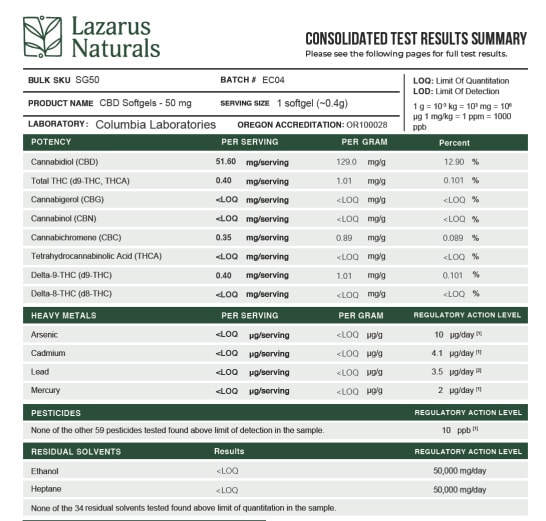
You can use the COA to verify the product label accurately states the amount of CBD in the product (potency or amount per serving), which can be used to verify the amount of CBD per container.
ch research is still needed to fully understand how CBD interacts with the endocannabinoid system (ECS) and the resulting impacts.
5. Pay Attention to Product Labels
CBD products are subject to Food and Drug Administration labeling requirements. There are 5-6 things a product label should contain:
- FDA general labeling requirements – includes all ingredients, net weight, name of the manufacturer, etc.
- FDA warning statement – some states require a warning that the FDA has not evaluated the product.
- No medical or health claims – FDA forbids CBD products stating or implying the product is a cure or treatment for any health issue.
- Scannable bar code or QR code – the bar code or QR code should direct you to an online document with information like the batch ID and date, expiration date, ingredients, COA, etc.
- Cannabinoid content – some states require the CBD concentration per package or serving to be stated on the label.
- State general labeling requirements – each state can make or has passed CBD labeling laws.
6. Look for Certifications
Another excellent way to determine if CBD is a good product is to look for the producer’s certifications and proof of best practices. Companies that go the extra mile and earn certifications – like B Corp Certified, US Hemp Authority Certified and Good Manufacturing Practice recognition – are ensuring they do everything possible to produce high-quality CBD oil products.
7. Scan QR Codes
Another important item on most quality products is a QR code. This is a UPC code on the label (usually the back label) that a smartphone can read. When you scan the QR code, a webpage with the right lab report loads.
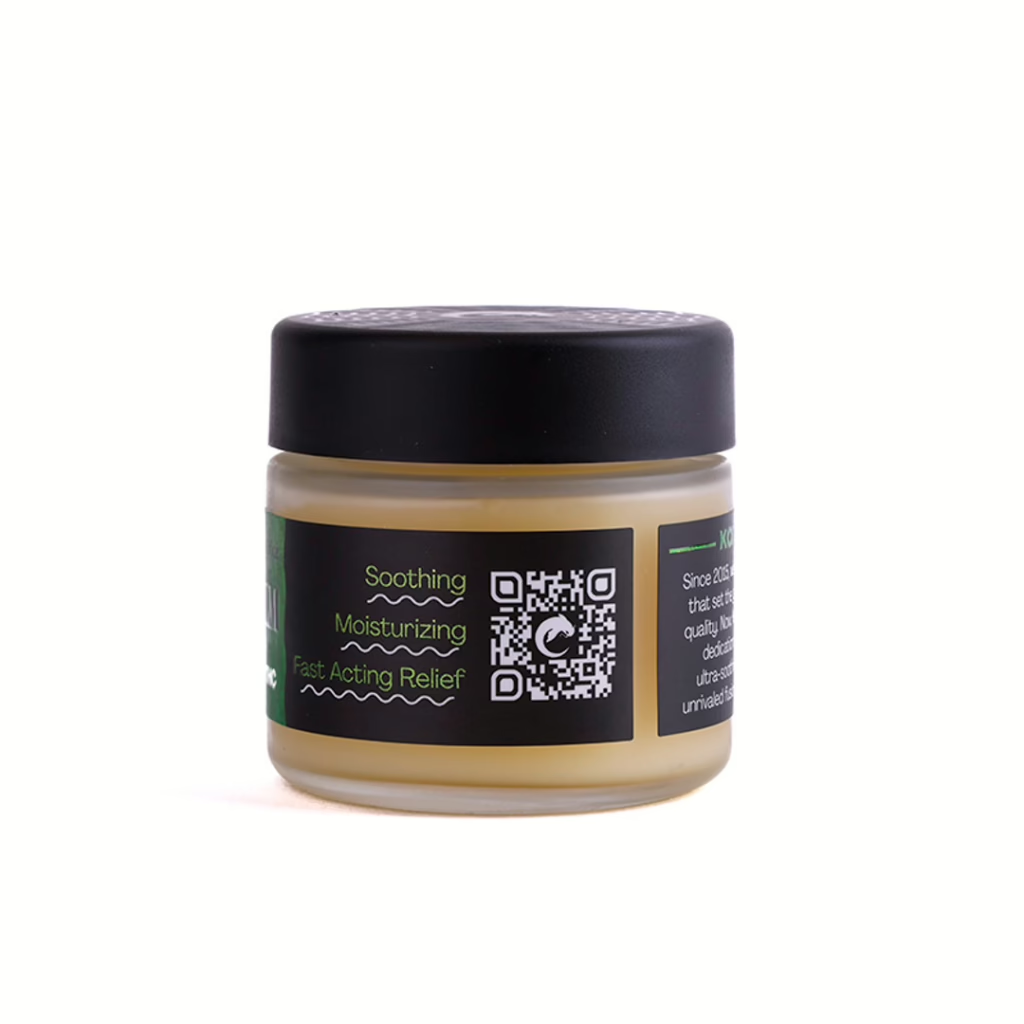
Take advantage of the QR code because a webpage that loads a cursory or incomplete lab report indicates the company is not to be trusted. The QR code will take you to the correct batch number lab report, so you do not have to search for batch numbers.
Making sure you buy high-quality CBD products sounds complicated, but it really is not. Following are some general guidelines.
Stay Away From Scam Companies
Stay away from known CBD scam companies, like those getting FDA warning letters.
Check Laboratory Reports
Do your research, taking the time to check lab reports.
Read the Product Labels
Read the product labels carefully, looking for information that does not make sense, misprints or other oddities, like the amount per serving is missing.
Read Customer Reviews
Read customer reviews placed not only on the official website companies.
Is CBD Not for Everyone?
Does CBD work for everyone? No, it does not. So you may ask: How do I know if CBD is working? CBD does not work immediately. It must interact with the endocannabinoid system first, and the speed at which that happens depends on the CBD potency and product form and your biology. For example, the bioavailability of CBD gummies is lower than the bioavailability of CBD tinctures. You will know if the CBD is working when you experience any effects, like feeling more alert or more relaxed or believing your discomfort is reduced.
Sources
- https://www.singlecare.com/blog/news/cbd-statistics/
- https://www.ncbi.nlm.nih.gov/pmc/articles/PMC5690672/
- https://www.ncbi.nlm.nih.gov/books/NBK556048/
- https://www.fda.gov/consumers/consumer-updates/grapefruit-juice-and-some-drugs-dont-mix
- https://jamanetwork.com/journals/jama/fullarticle/2661569
- https://www.ncbi.nlm.nih.gov/pmc/articles/PMC7759277/
- https://www.ncbi.nlm.nih.gov/pmc/articles/PMC8223341/
- https://www.sleepfoundation.org/how-sleep-works/how-much-sleep-do-we-really-need
- https://www.karger.com/Article/FullText/507998
Share this post


0